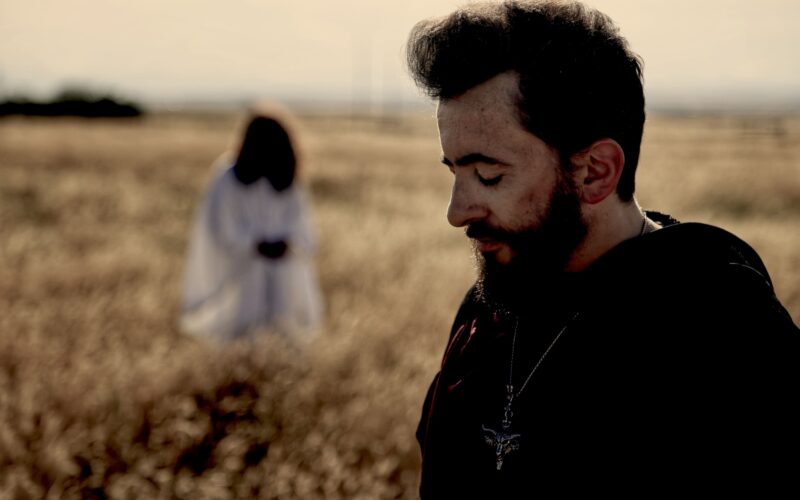In 1983, at the height of the Satanic Panic that swept across the United States and much of the Western world, a mysterious and unsettling film titled The Baphomet Séance was quietly banned from public viewing. Described by some as an “instructional video” on how to conduct a séance and speak with the dead, the film quickly became the center of controversy and dark folklore. Now, after more than four decades of suppression, the film is slated for a rerelease—rekindling old fears and drawing renewed interest from cinephiles, occult enthusiasts, and horror scholars alike.
A Film Shrouded in Mystery
The Baphomet Séance was never intended to be a mainstream horror film. Unlike other occult-themed movies of its era such as The Exorcist or The Omen, this film eschewed narrative storytelling for a stark, instructional format. Presented in a cold, documentary style, the film purported to be a genuine guide to summoning spirits and communicating with the dead. It featured eerie voiceovers, ominous candlelit rituals, and a step-by-step walkthrough of an actual séance—complete with incantations, symbols, and ritualistic objects associated with Baphomet, a deity historically linked to occult traditions.
The film’s ambiguity only added to its notoriety. Was it a hoax? Performance art? Or something far more sinister?
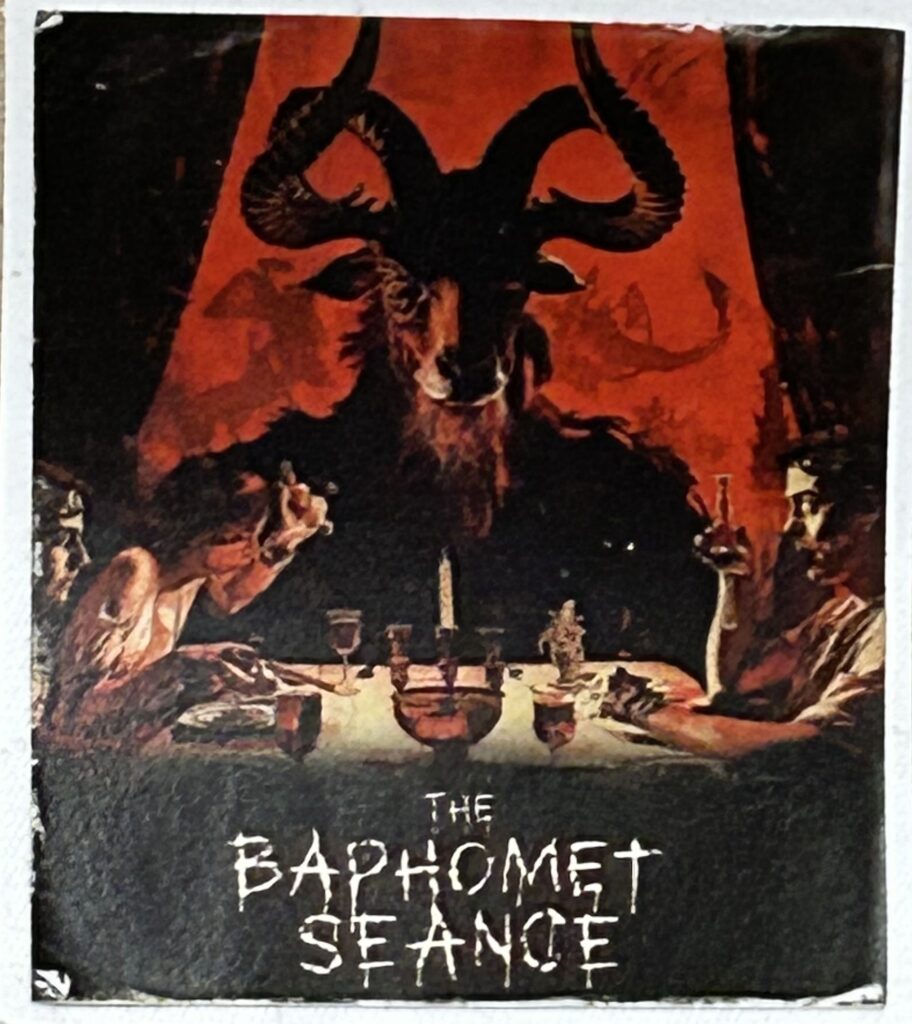
The Satanic Panic and the Cultural Climate
To understand why The Baphomet Séance caused such alarm, one must understand the cultural moment of the early 1980s. The Satanic Panic was a widespread moral hysteria fueled by sensationalist media, pseudo-psychology, and a growing anxiety over the perceived erosion of traditional Christian values. Talk shows, news programs, and conservative religious groups frequently warned of secret cults, ritual abuse, and hidden Satanic symbols in pop culture.
Against this backdrop, The Baphomet Séance was considered not just dangerous but potentially demonic. Religious groups were quick to condemn the film, claiming it was not merely a movie but a literal invocation of dark forces. Pastors and priests urged their congregations to avoid it. In some regions, Christian coalitions successfully petitioned local authorities to ban screenings. In others, screenings proceeded—often with unsettling consequences.
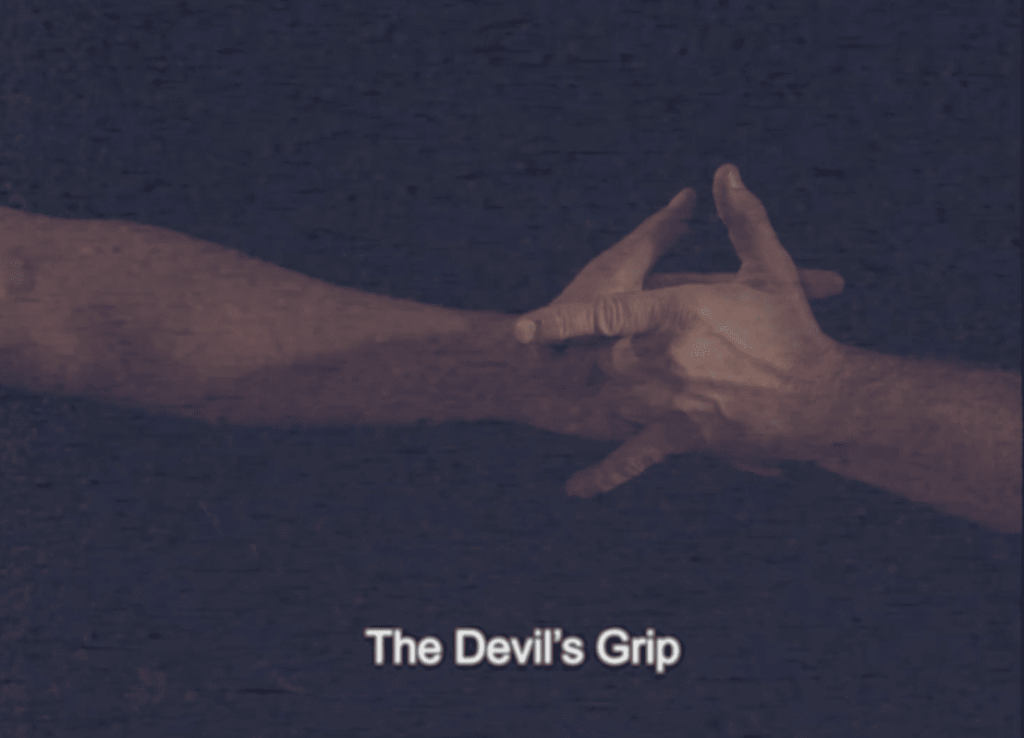
Reports of Hallucinations and Psychological Distress
As the film made its limited rounds in underground theaters and art houses before the ban, disturbing stories began to surface. Audience members claimed to experience hallucinations during and after the screenings. Some reported hearing disembodied voices long after leaving the theater. A few even claimed they had “spoken with the devil” during séances they attempted at home after watching the film.
Multiple police reports were filed in different states alleging strange behavior from individuals who had viewed the film. One widely cited case in Oregon involved a group of teenagers who, after watching the film, conducted a séance in a forested area. Several of them were hospitalized following a psychotic episode. A responding officer noted in his report that the teens were “completely convinced they had opened a door to Hell.”
Whether these accounts were urban legends, the result of mass hysteria, or something more is still debated. What is certain is that the fear surrounding the film was real—and powerful enough to prompt authorities to act.
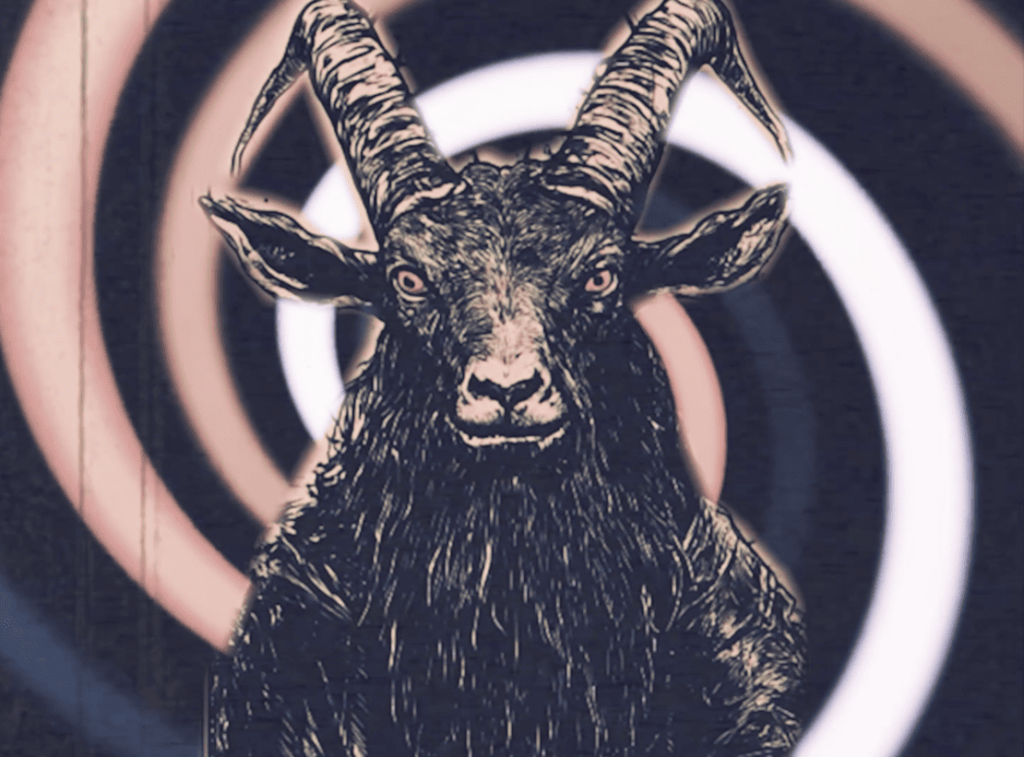
Systematic Suppression
Unlike most banned films, which are simply pulled from theaters or denied distribution, The Baphomet Séance was subjected to a methodical erasure campaign. Religious organizations and concerned citizens actively sought out and destroyed copies of the film. Theaters were threatened with boycotts and lawsuits. Video rental stores that acquired bootleg copies were pressured into removing them from shelves.
More disturbingly, records of the film’s existence began to vanish. Listings in film catalogs were deleted. Mentions in trade publications disappeared. Even film archivists have admitted that information about the film is unusually scarce, almost as if it had been intentionally scrubbed from cinematic history.
This campaign of suppression has only fueled the film’s legend. For years, rumors circulated that The Baphomet Séancewas a lost film with genuine supernatural power—an occult artifact disguised as celluloid.
The Rerelease: Unearthing a Dark Relic
The news of the film’s upcoming rerelease has already sparked debate and controversy. A restored 4K version is set to premiere at a limited number of film festivals this fall, with a wider digital release planned for 2026. The restoration process, conducted by an independent collective of horror archivists and film historians, has brought the film’s chilling visuals and eerie sound design back to life with unprecedented clarity.
But the rerelease is not without its detractors. Several religious organizations have protested the decision, arguing that the film’s content remains as spiritually dangerous today as it was in 1983. Statements from Christian groups warn that the film “glorifies occult practices” and “opens the door to demonic influence.”
Meanwhile, others see the rerelease as a long-overdue cultural reckoning. “This is a piece of cinematic history that reflects the fears, the paranoia, and the psychological complexities of an entire era,” said Dr. Lena Morales, a professor of media studies and expert in horror cinema. “Suppressing the film only gave it more power. Now we can finally examine it in context.”
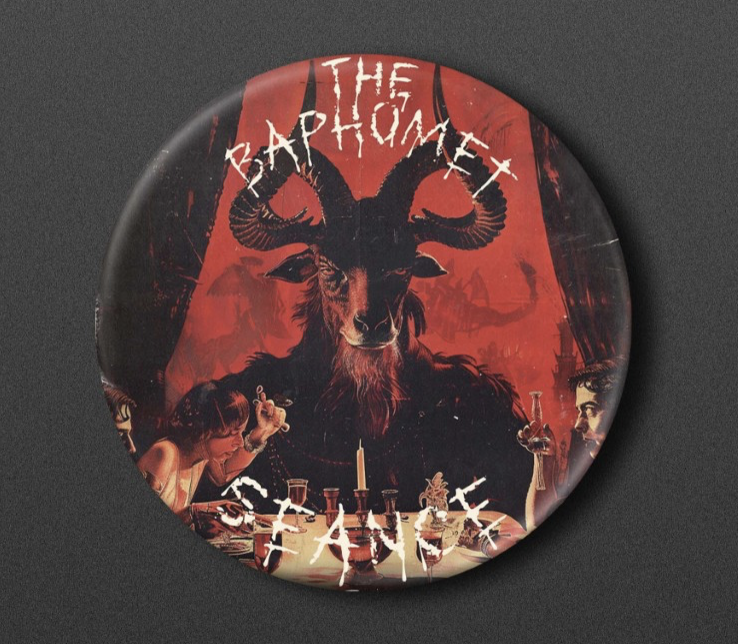
Art, Evil, and the Thin Line Between
The film raises thorny questions about the limits of art and the nature of evil. Was The Baphomet Séance merely a provocative artistic experiment designed to shock and disturb? Or was it something more—a transmission of occult knowledge disguised as entertainment?
Those who believe in the supernatural find the timing of its original release, and the fallout that followed, difficult to dismiss. Skeptics, on the other hand, see the entire saga as a classic example of mass hysteria fed by a volatile media environment.
What cannot be denied is the power of the film’s legacy. Over 40 years after its banning, The Baphomet Séance still sparks intense emotions and debate. Its return to public view is not just a resurrection of a lost film, but a confrontation with a buried part of our cultural psyche—where fear, belief, and imagination collide.
As The Baphomet Séance steps out of the shadows and into the modern spotlight, it offers a unique opportunity for reflection. It is a mirror of a time when fear of the unknown could spark real-world panic, and when the boundaries between fiction and belief were dangerously thin.
Whether viewed as a misunderstood work of art, a genuine occult text, or a relic of social hysteria, the film remains a powerful reminder of how stories—especially dark ones—can shape, disturb, and haunt us for generations.
The séance is about to begin again. The question is: Will we be ready this time?





